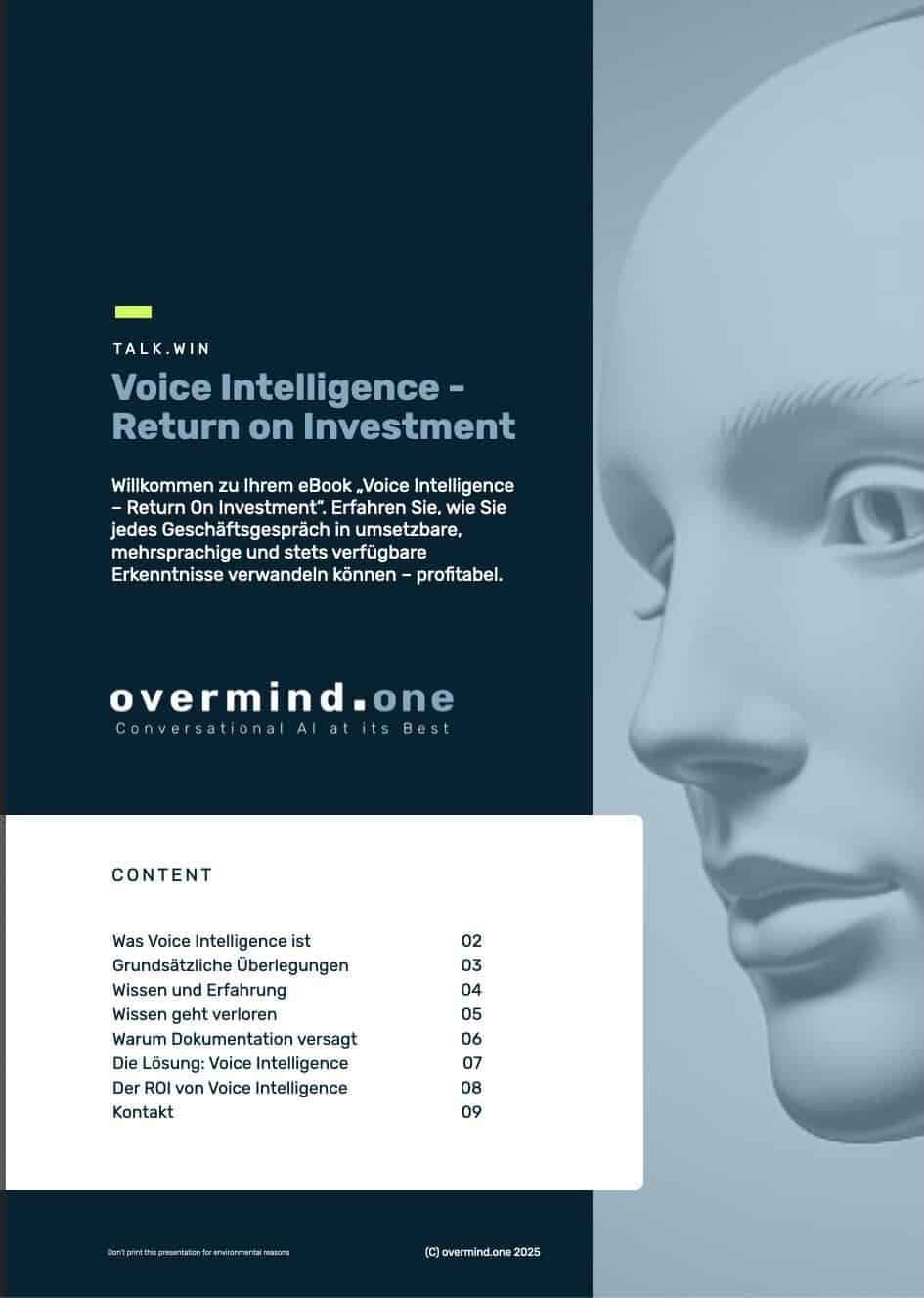Non-financial Benefits Of AI-powered Automation Projects
AI-powered automation projects provide a wide range of non-financial benefits that can transform organisational performance and employee experience. By streamlining routine tasks and increasing operational efficiency, AI automation reduces human error, leading to higher accuracy and reliability in processes. Employees benefit from a reduced workload on repetitive, time-consuming tasks, freeing them to focus on more strategic and creative activities that add greater value to the organisation. This shift can boost employee morale, foster innovation, and improve overall job satisfaction. Additionally, AI-powered automation supports better data-driven decision-making, promotes consistency across operations, and enhances compliance with regulatory standards, all of which contribute to stronger organisational resilience and adaptability in a rapidly changing environment.
1. Improved decision-making and insights
AI automation significantly improves decision-making and insights by processing and analysing massive volumes of data with speed and precision that surpasses human capabilities. By uncovering patterns, trends, and correlations within complex datasets, AI systems provide valuable, data-driven insights that enable leaders to make well-informed, timely decisions. This rapid analysis not only improves the accuracy and relevance of decisions but also enables organisations to respond swiftly to changing market conditions, customer needs, and operational demands, fostering a more agile, resilient, and strategically aligned organisation.
- Enhanced Data-Driven Culture: AI enables access to actionable insights, fostering a culture where decisions are grounded in data rather than intuition.
- Predictive and Prescriptive Insights: AI models can predict future trends or prescribe actions, helping companies proactively manage risks and opportunities.
- Real-Time Analysis: AI processes large volumes of data instantly, allowing for timely decisions and rapid responses to market or operational changes.
2. Enhanced Customer Experience
AI automation elevates the customer experience by providing faster, more personalized interactions that are responsive to individual preferences and needs. Through advanced data analysis, AI systems can identify patterns in customer behaviour, enabling companies to tailor recommendations, anticipate potential issues, and proactively offer solutions. This results in a more seamless and engaging customer journey, where inquiries are resolved quickly and accurately, support is available around the clock, and each interaction feels uniquely catered to the customer. By enhancing responsiveness, relevance, and convenience, AI automation fosters stronger relationships and boosts customer satisfaction and loyalty over time.
- Personalization: AI-driven analytics allow for personalized interactions, recommendations, and content delivery, leading to higher customer satisfaction.
- Improved Responsiveness: Chatbots and virtual assistants provide instant responses to customers, increasing service efficiency and consistency.
- Proactive Service: AI can anticipate customer needs and issues before they arise, leading to a better overall experience and loyalty.
3. Increased Employee Satisfaction and Engagement
AI automation significantly enhances employee satisfaction and engagement by reducing the load of mundane, repetitive tasks, thereby freeing employees to engage in more meaningful, complex, and creative work that aligns with their skills and professional aspirations. When routine processes are automated, employees can focus on strategic initiatives, problem-solving, and innovative projects, all of which increase a sense of fulfillment and purpose in their roles. This shift not only improves job satisfaction by fostering an environment where employees feel valued and intellectually stimulated, but it also boosts motivation and loyalty, as employees become more deeply involved in contributing to the organization’s broader goals and success.
- Reduction in Repetitive Tasks: Automation of mundane tasks allows employees to focus on strategic, creative, or problem-solving roles.
- Skill Development: Employees can learn new skills, such as working with AI tools and analytics, which enhances their career development.
- Improved Work-Life Balance: By offloading routine work to AI, employees experience less burnout and greater satisfaction in their roles.

4. Improved Operational Efficiency and Agility
AI automation greatly enhances operational efficiency and agility by automating repetitive tasks, minimizing errors, and intelligently managing resources, which allows organizations to operate at a faster, more consistent pace. With streamlined processes and optimized workflows, businesses can quickly adapt to shifts in demand, industry trends, and customer expectations without compromising quality. This newfound efficiency not only reduces operational bottlenecks but also increases the organization’s flexibility to innovate, pivot, and respond to emerging challenges and opportunities. By creating a more responsive and resilient infrastructure, AI automation empowers businesses to maintain a competitive edge and pursue growth in an ever-evolving market landscape.
- Process Streamlining: AI optimises workflows and reduces bottlenecks, leading to more efficient operations and resource utilisation.
- Adaptability to Change: AI’s ability to learn and adapt allows companies to pivot quickly in response to market shifts or operational challenges.
- Scalability: AI solutions scale seamlessly, enabling companies to handle increased volumes without proportional increases in resources or time.
5. Enhanced Compliance and Risk Management
AI automation significantly enhances compliance and risk management by continuously monitoring and analyzing data across all operations to ensure adherence to ever-evolving regulatory standards and internal policies. By automating routine compliance checks and real-time audits, AI can detect potential risks and irregularities far earlier than manual processes, allowing organizations to address issues before they escalate into serious problems. This proactive approach not only reduces the likelihood of compliance breaches, legal penalties, and financial losses but also enhances overall risk mitigation strategies by providing deeper insights into emerging threats. As a result, businesses are better equipped to navigate complex regulatory environments, protect their reputation, and ensure long-term stability.
- Automated Compliance Monitoring: AI can continuously monitor for compliance with regulatory standards, reducing the risk of violations.
- Reduced Operational Risk: AI can detect anomalies or potential issues early, helping prevent operational failures or safety incidents.
- Transparent Audits: Automated logs and documentation created by AI systems provide transparent records for audits or reviews, making it easier to ensure compliance.
6. Strengthened Innovation and Competitive Edge
AI automation fosters strengthened innovation and a competitive edge by streamlining operations, allowing organizations to allocate more resources toward creative thinking, experimentation, and the development of new solutions. By automating routine tasks, businesses can accelerate the pace of innovation, rapidly prototype ideas, and explore new product or service offerings without being bogged down by manual processes. Additionally, AI’s ability to analyze vast amounts of data and uncover valuable insights enables more informed decision-making, guiding organizations to identify emerging trends, customer needs, and market opportunities faster than competitors. This dynamic combination of efficiency, creativity, and data-driven strategy positions businesses to not only stay ahead of industry trends but also shape the future of their sectors.
- Foundation for Future Innovation: Investing in AI builds a technology foundation that supports future digital transformation initiatives.
- Reputation as an Industry Leader: Early adoption of AI positions companies as innovators, strengthening brand reputation and appeal to partners, customers, and investors.
- Agility in Product Development: AI shortens development cycles by identifying customer needs and optimizing R&D processes, helping bring products to market faster.
7. Better Knowledge Management and Information Sharing
AI automation greatly improves knowledge management and information sharing by intelligently organizing and categorizing vast amounts of data, making it easily accessible and searchable for employees across the organization. Through advanced algorithms, AI systems can categorize content, identify key insights, and provide personalized recommendations, ensuring that the right information reaches the right people at the right time. This not only enhances collaboration and efficiency but also fosters a culture of continuous learning by facilitating the sharing of expertise and best practices. By breaking down silos and promoting seamless access to critical knowledge, AI automation empowers employees to make informed decisions, innovate more effectively, and work together more productively across departments and teams.
- Knowledge Capture and Retention: AI-powered systems can document, store, and analyze company knowledge, ensuring it’s accessible for future use.
- Improved Collaboration: AI tools for communication, project management, and knowledge sharing enhance collaboration across departments and teams.
- Enhanced Learning Opportunities: AI can analyse employee skills and suggest personalised training resources, fostering continuous learning and upskilling.
8. Sustainability and Environmental Impact
AI automation plays a key role in enhancing sustainability and reducing environmental impact by optimising resource allocation, minimising waste, and improving energy efficiency across operations. Through data-driven insights, AI systems can identify areas where resources such as energy, water, and raw materials can be used more efficiently, reducing the overall carbon footprint of an organisation. Additionally, AI can help monitor and manage supply chains, ensuring that processes are more sustainable and aligned with environmental goals. By automating tasks like waste management, energy optimisation, and predictive maintenance, organisations can not only reduce operational costs but also meet stringent environmental standards, contributing to long-term sustainability and a positive ecological impact.
- Energy Optimization: AI-powered automation can reduce energy consumption by optimizing resource use, particularly in industries like manufacturing and logistics.
- Waste Reduction: Predictive analytics helps companies reduce waste by accurately forecasting demand, preventing overproduction, and minimizing inventory losses.
- Sustainability Reporting: AI simplifies data collection for environmental and sustainability reporting, helping companies track and improve their environmental impact.
9. Jump Start
Are you ready to analyse your readiness for AI? We offer initial consulting free of charge in a program called “JumpStart (PJS). Contact us now for more!




0 Comments